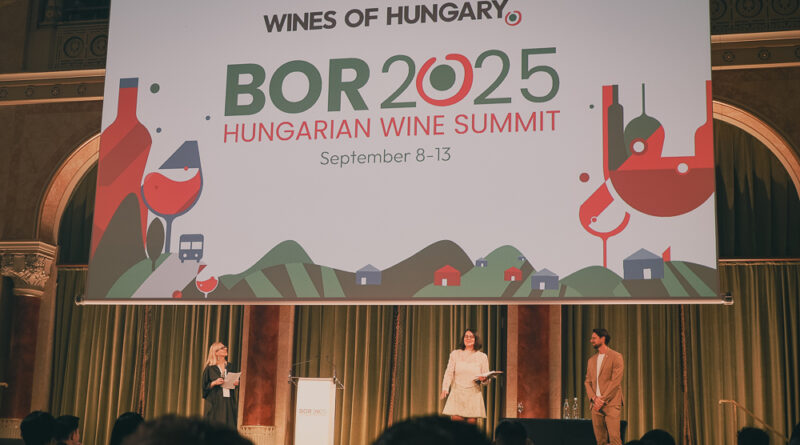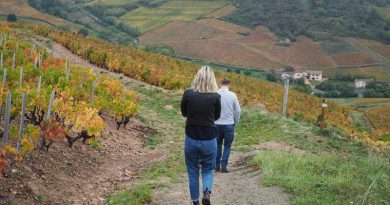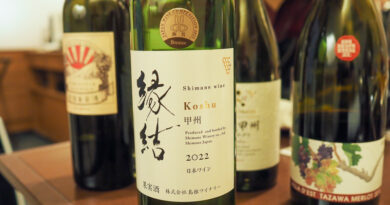Hungary’s red grape varieties: a masterclass in Budapest
This masterclass looked at Hungary’s red grape varieties, and was presented by two of Hungary’s leading winegrowers. First, Andrea Gere of the famous Gere winery, which she joined in 2003 as winemaker. And second, György Lőrincz jr, an ex-professional footballer, and studied winemaking and then worked in Austria, Tojak and New Zealand and now works with his father at the St Andrea winery.
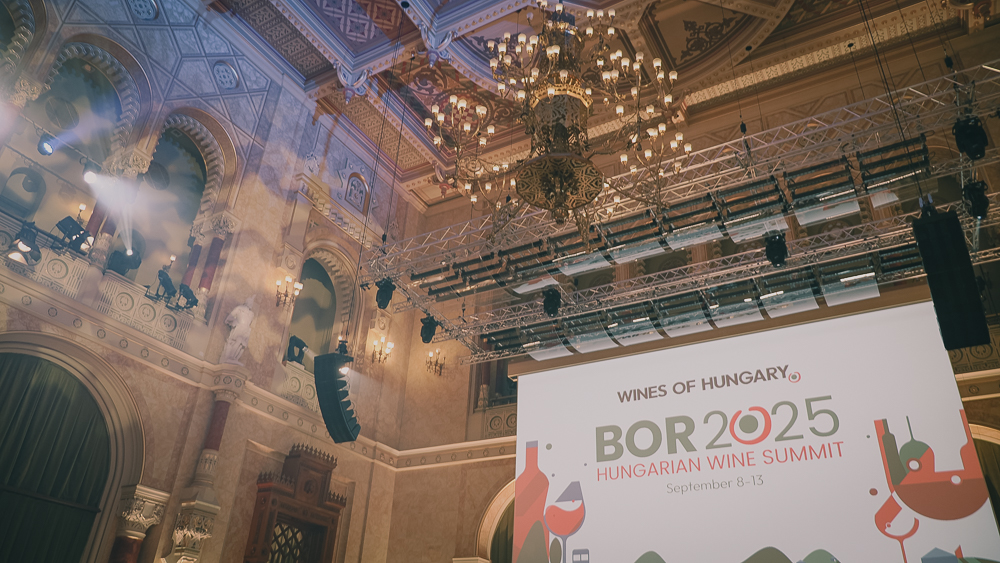

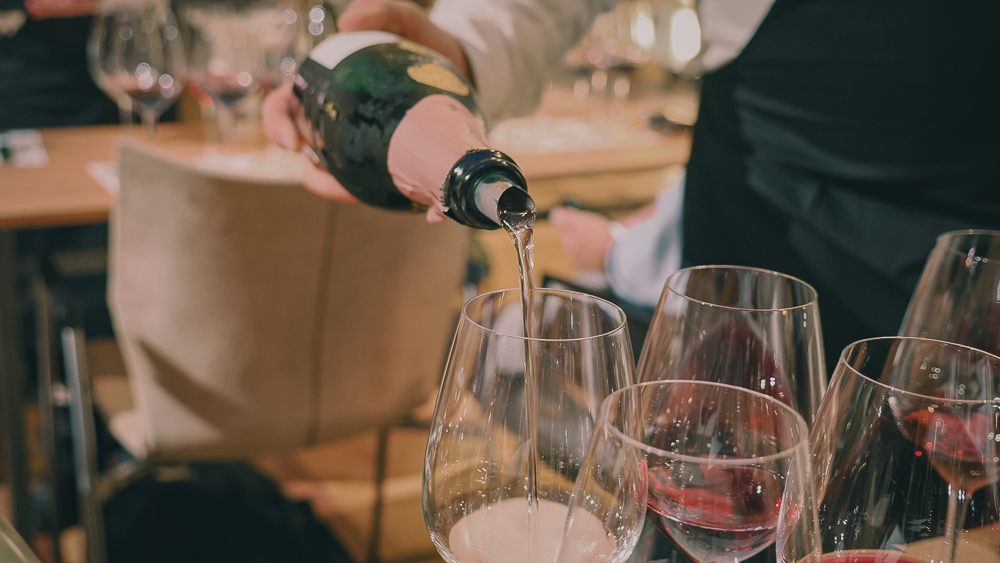
Hungary is vinously diverse. It’s a small country but it has 22 wine regions. ‘It’s one of the most exciting wine countries on earth,’ says György.
Kadarka
We begin with one of Hungary’s most interesting grape varieties. Until the 16th century there were only white grape varieties in the Carpathian basin and Hungary. The first red grape to appear was Kadarka. Even if it was the first red grape variety, it got to the stage that in the 19th century 95% of Hungary’s vineyard was planted to Kadarka. But it’s one of the most sensitive grape varieties in the world, he says. It has such thin skins it can easily rot. But if you can make a wine from it, it’s truly amazing. ‘This can be the Hungarian Pinot Noir,’ says György.
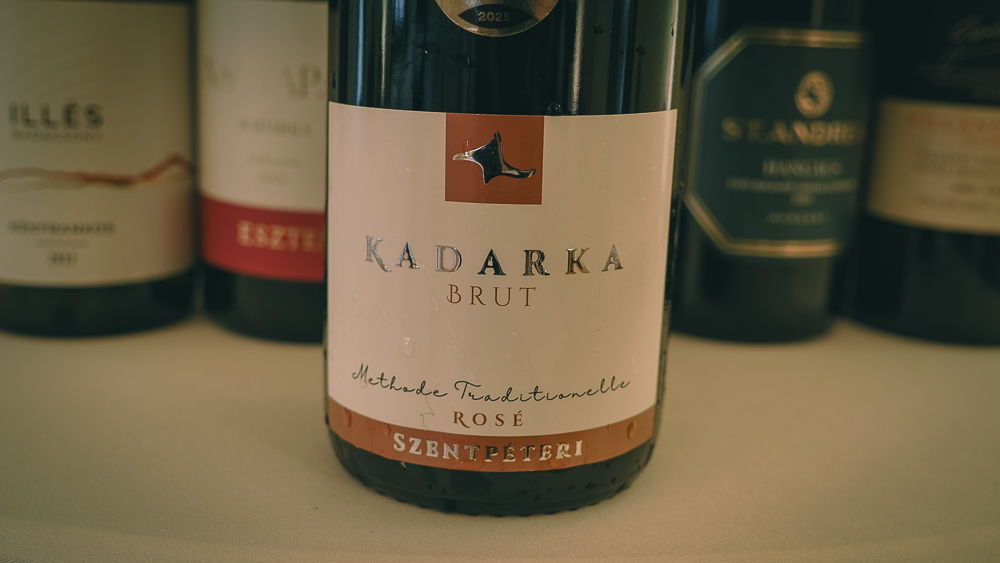
Szentpéteri Wine Cellar Kadarka Rosé Brut MT NV Kunság, Hungary
12% alcohol. From the biggest wine region, with almost 20 000 hectares. One-third of Hungary’s grape area. It’s mainly sandy soils with a sunny climate, and makes bright, fruity wines. This comes from one of the bigger wineries in the region. 18 months on lees. Pale pink. This is fresh and linear with bright citrus fruit, showing nice energy. Fruit driven with good acidity and seamless cherry and citrus fruit, finishing with nice spicy complexity. Impressive and pure. 91/100
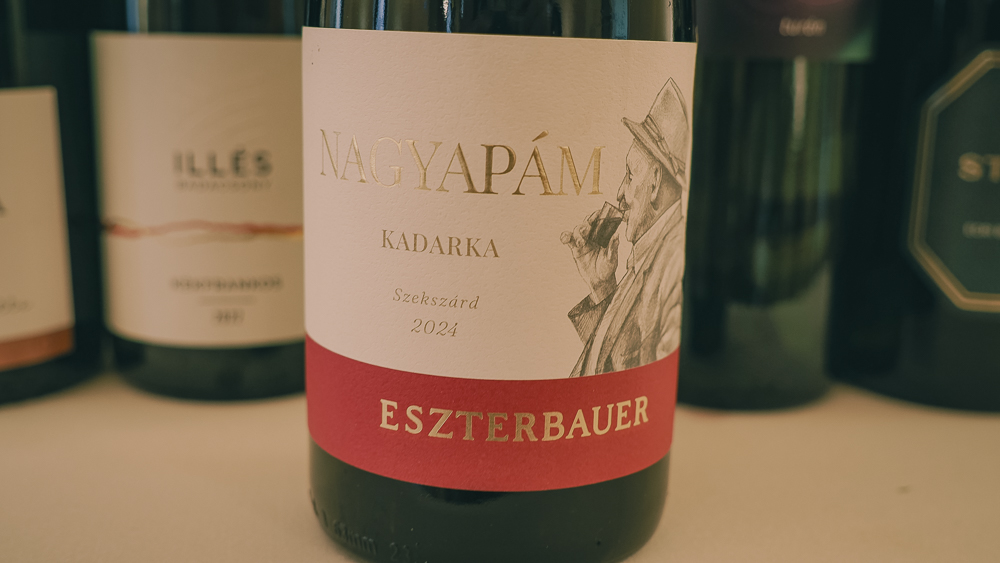
Eszterbauer Nagyapám Kadarka 2024
13.2% alcohol. Founded in 2010, and have 37 hectares of vines, although they have been winegrowers for 10 generations. Szeksard has around 2500 hectares. It is known for Kadarka, Bikaver and Kekfrankos, but also Merlot and Cabernets Sauvignons and Francs. Loess soils. Stainless steel only here. Relatively light in colour. Supple and elegant with pure, light red cherry and raspberry fruit with amazing delicacy. Pure, light and expressive with some nice stony, mineral detail and a hint of sappiness. This is a brilliant Kadarka. Such delicacy and elegance. 94/100
Kékfrankos
This is Gyorgy’s favourite grape variety. ‘It’s the most important red grape variety in Hungary,’ he says. It has the largest surface area of any grape in the country, with almost 8000 hectares. Hungary is the leading Kékfrankos producer in the world: Austria has just 2550 hectares (‘but to be honest they are doing quite a good job with this variety,’ he says).
It can make sparkling wines, light rosés, fruity reds and terroir-driven structured red wines.
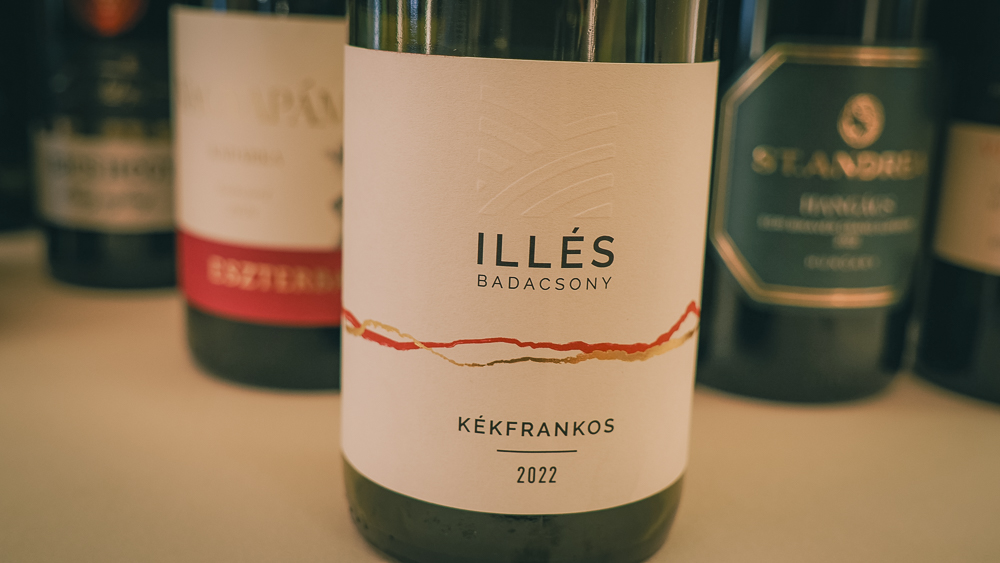
Illés Winery Kékfrankos 2022 Badacsony, Hungary
12.5% alcohol. This is the north of the Balaton area, and it has a special soil and microclimate. First vintage at this winery was 2020, and they started making wine when a client bailed on buying their grapes. This is fresh, mineral and supple with good acidity supporting the cherry and raspberry fruit, and a nice tension in the mouth. It’s generous and rounded but there’s nice freshness and well managed tannins on the finish. I really like this: an elegant Kékfrankos. 94/100
Turán
This is a native Hungarian grape. There are 180 hectares of it, with some in Eger too. It can show unique, characterful styles, with a deep purple colour when the wine is young, and can be big and alcoholic. It can be very aromatic: rose petals, for example.
Sopron has a lot of Kekfrankos. The Neusidlersee lake has a big influence on this small wine region, which has just 1500 hectares, and it’s cooler and wetter than Hungary’s other regions. The vines are on the southern and eastern slopes of the Sopron hills. This is a region better for whites, but it’s known for its red wines: Kek Merl Syr Pinot Noir
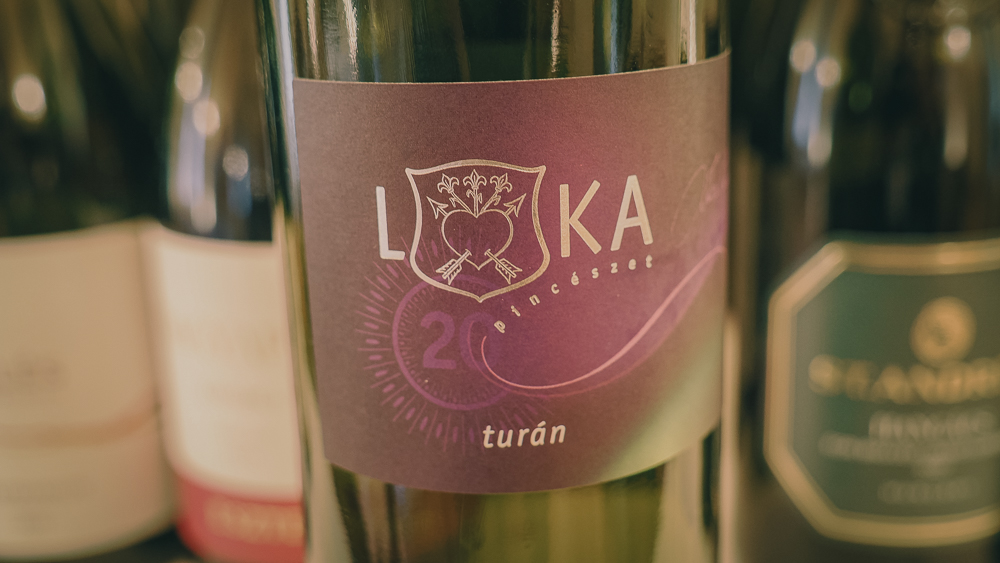
Luka Pincészet Soproni Túran 2019 Sopron, Hungary
14% alcohol. This is quite rich, powerful and intense with some richness on the palate. Lush black fruits with a bit of stony minerality. It’s quite tannin, too. This is distinctive, with lush, deep fruit but it hasn’t gone jammy, and then after a wash of sweet fruit there’s some grippy tannin. Very stylish. 93/100
Cabernet Franc
This is a variety that works very well in Villány. It can stand on its own here, and in the region that have a special brand called Villányi Franc, which is at the top of the pyramid in the region: no other grape variety can reach this level.
‘Villány is my heart,’ says Andrea. She says the region has a strong wine community. It’s not huge, with 2500 hectares under vine. The uniqueness of the region is the combination of a warm sub-Mediterranean climate (with lots of sunshine), and nice minerality from limestone soils. The whole region is on limestone, with some loess covering it in some parts. In 2014 they decided to make a brand for the region, which is Villányi Franc.
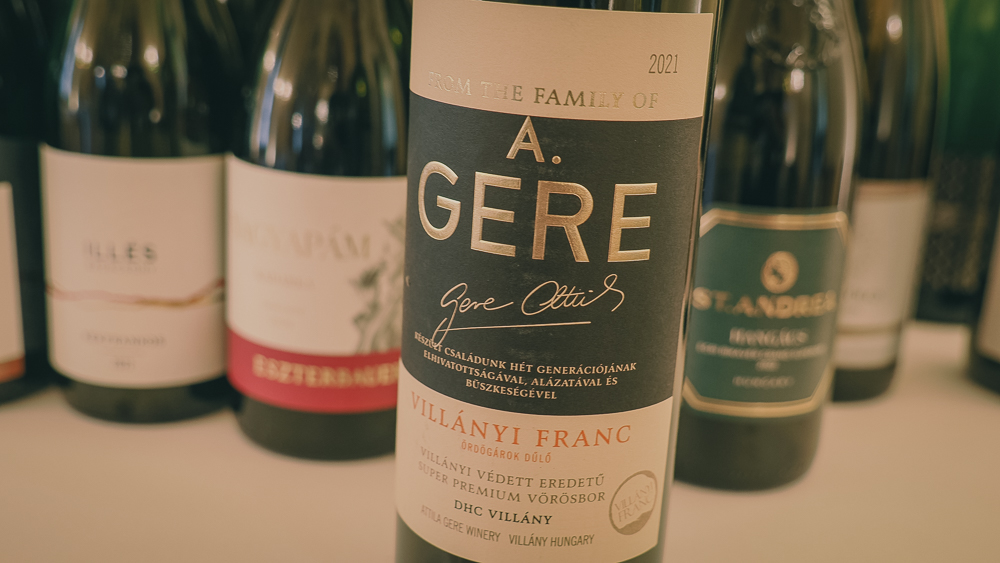
Attila Gere Villányi Franc Ördögárok 2021 Villány, Hungary
14% alcohol. This winery has 75 hectares of vines, and was founded in 1990. This is a striking, classy wine. Dense blackberry and blackcurrant fruit with nice structure and acidity. It’s grippy and floral with nice grippiness and a hint of olive and basil, as well as lovely vitality. Impressive, bold and quite classic in style. 94/100
Eger
Györgi says Eger has wonderful conditions to grow wine: cool climate, volcanic soils, blended wines. Everything is pointing to Eger, he says. Ryolite tuff soils. Thin 40 cm top soil rich in clay. It gives a recognizable character to the wines every year, and the terroir comes through all the grape varieties.
Egri Bikaver was the first PDO wine in Hungary, based on 200 years of tradition and then formalized in 1997.
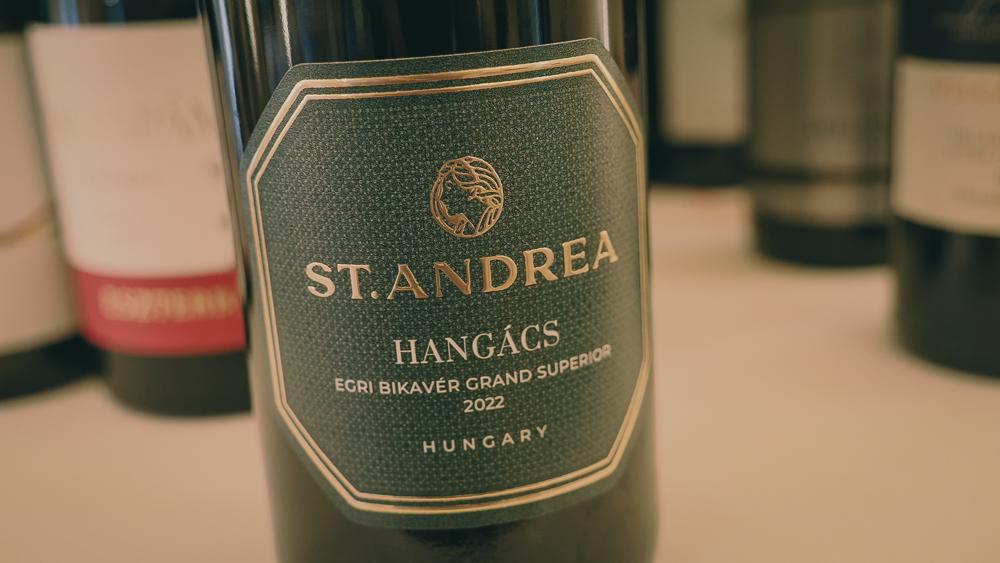
St Andrea Winery Hangács Cru Egri Bikavér Grand Superior 2022 Eger, Hungary
13% alcohol. They have 50 hectares of grapes and this is a single-vineyard blend. It’s Kekfrankos (more than 50%), Merlot, Kadarka, Pinot Noir and Cabernet Franc. Rich, intense and quite tannic with some nice green hints as well as structured blackcurrant and black cherry fruit. Grippy, vivid, tannic. Nice pure black fruits, but also really good structure. Tightwound and delicious: give this some time. 94/100

